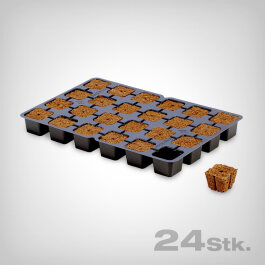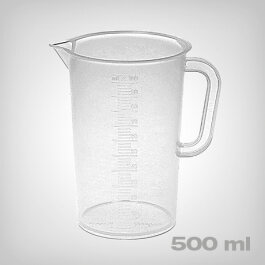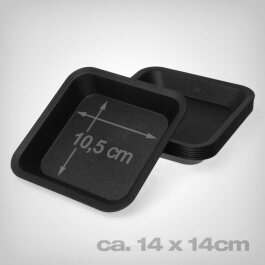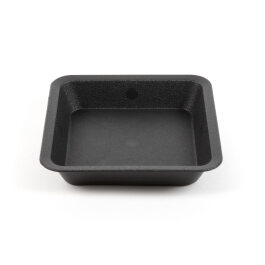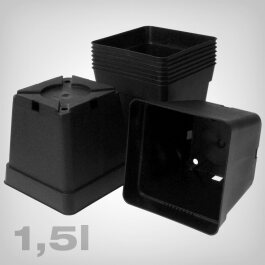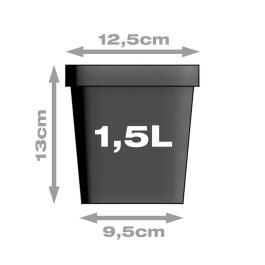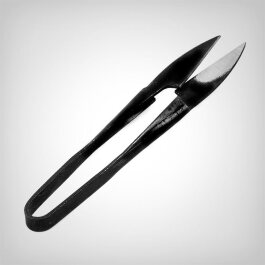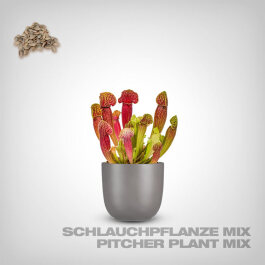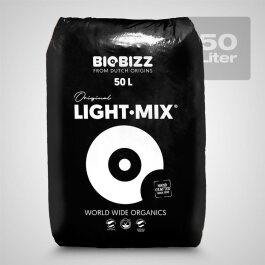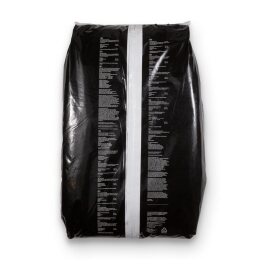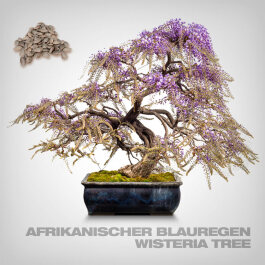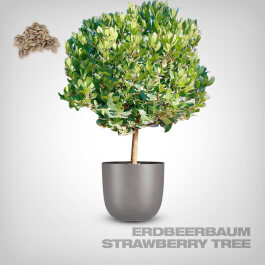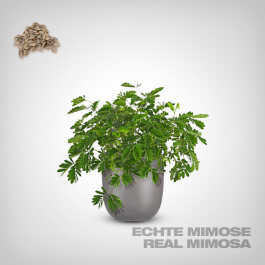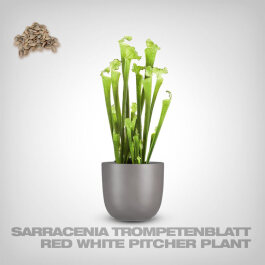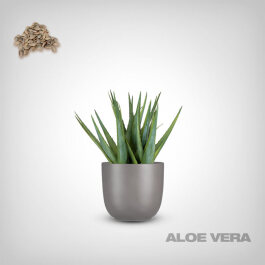Plant Seeds, Venus Flytrap
- flowering: spring
- perennial
- not hardy
- grows up to 20 cm high
Germination and growing:
The seeds of this plant require a temperature of 23 - 28° for germination. Until germination, the seeds should always be kept slightly moist and only lightly pressed into the substrate (light germination). It is generally helpful to use a heated mini-greenhouse to increase the germination rate and to provide the seedlings with a favourable climate for their first growth phase. After about 4 to 6 weeks, you should be able to spot the first seedlings.
Self-sufficient plants from the North Carolina bogs
Unlike plants, which trap insects with sticky liquids, the Venus flytrap catches its "extra food" by snapping shut. If an insect sits down on a trap leaf and touches one of the feeler bristles twice in a short time, the leaf snaps shut within about 100 milliseconds and traps its victim. The insect is then digested by the plant through enzymes and the nutrients are absorbed through the cells. Therefore, you should not fertilise the Venus flytrap as a rule, the root system only serves to hold the plant in the soil and to absorb water. When a leaf has caught and digested several flies (up to a maximum of seven), it dies and a new one grows. In summer, the Venus flytrap likes to stand in a sunny to semi-shady position and in winter indoors in a cool and bright place. It must always be kept slightly moist, but without waterlogging. In spring it forms a flower stalk with white flowers - no traps are formed at this time. If the traps are more important to you than the flowers, you can cut the stem as soon as it forms.
Scope of delivery:
- 10 Venus flytrap seeds (Dionaea muscipula), carnivorous soil
Plant profile:
- origin: USA
- flowering: spring
- height: up to 20 cm
- perennial, not hardy
- Use as food: no
Plant Seeds, Venus Flytrap
Technical information
More on the subject of Indoor Growing:
Rehbaum 139
Münster, Deutschland, 48163
[email protected]
http://www.tropica-online.de/
There are no reviews yet.
